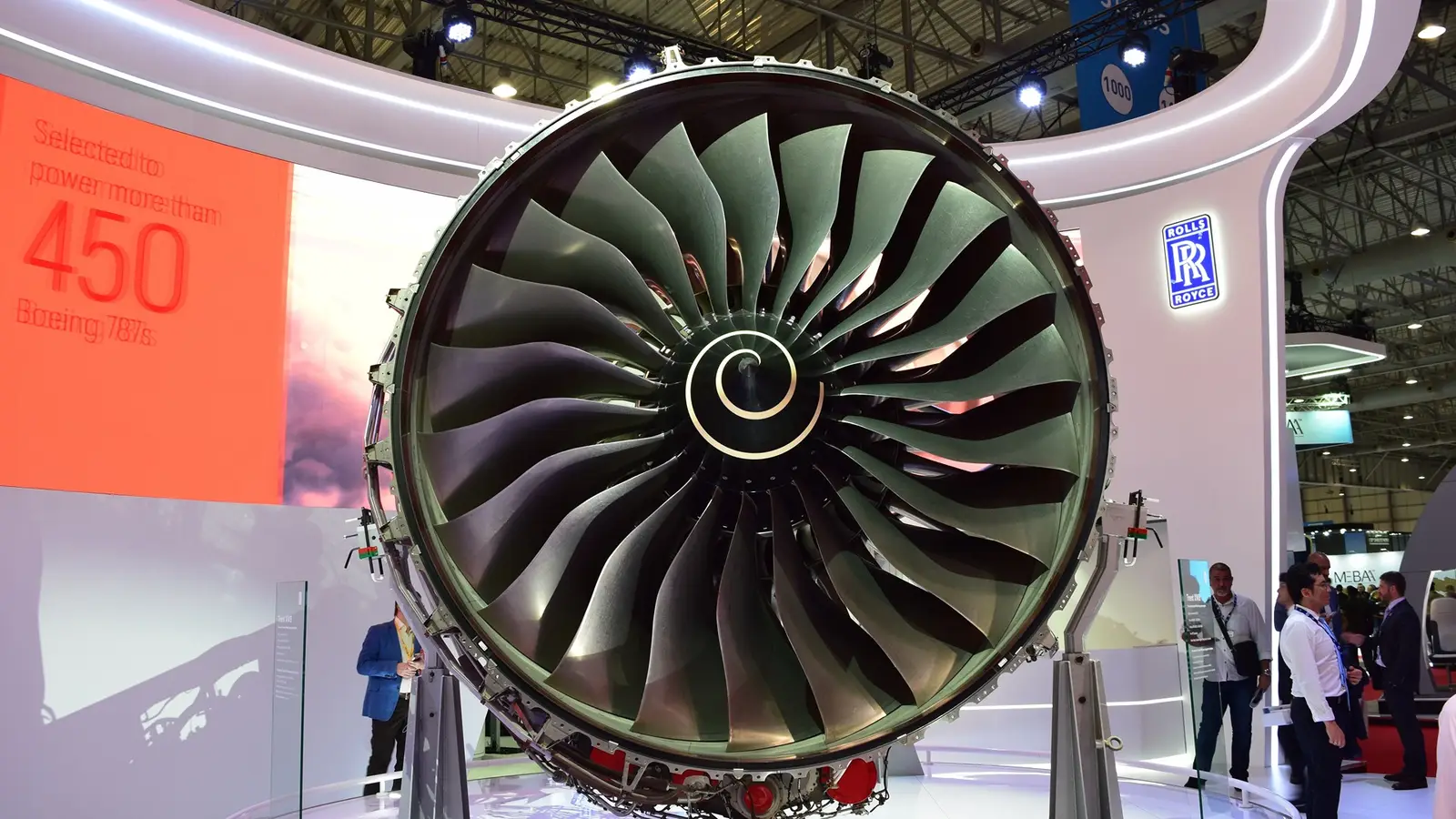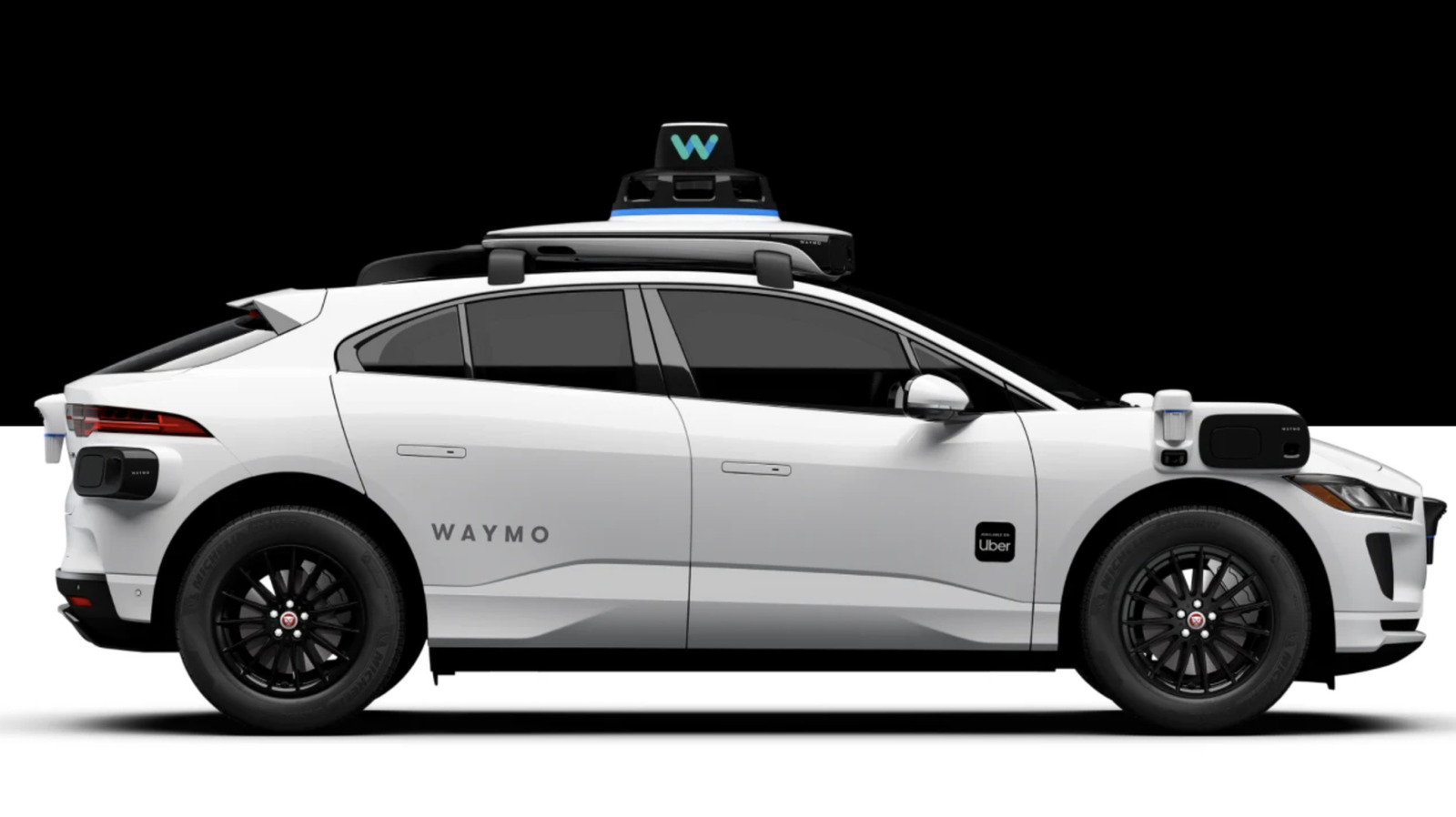
Rolls-Royce is one of the most recognized names in the aviation industry. The popular brand is well-known for its engineering excellence and development of luxury automobiles. However, Rolls-Royce has leveraged its engineering excellence into the aviation industry, producing a substantial number of jet engines that are used to power commercial airliners, business jets, military aircraft, and even helicopters.
The company’s development of jet engines through the 21st century has led Rolls-Royce to become a major player in the commercial aviation and business jet markets. Currently, the company produces the Rolls-Royce Trent, which powers a significant number of commercial airliners, including the Airbus A350 series, the Airbus A330neo, and the Boeing 787 Dreamliner. It also produces the Rolls-Royce Pearl and BR700 families, which power large business jets. Let’s take a closer look at just how many jet engines Rolls-Royce produces per year, as well as some of the major technological advancements that have made the company a leader in the aviation industry.
How Many Engines Does Rolls-Royce Produce Annually?
Overall, Rolls-Royce produces hundreds of jet engines per year. These engines span multiple segments of the aerospace industry, including commercial aircraft, business jets, military aircraft, and even helicopters. The exact number of jet engines produced annually is impacted by many factors. This includes market demand, supply chain conditions, and major global events, such as the COVID-19 pandemic.
Even so, in 2023, Rolls-Royce reportedly delivered 262 large jet engines. This includes engines from the company’s flagship engine, the Rolls-Royce Trent, which powers the Airbus A350 and Boeing 787. Additionally, in 2023, Rolls-Royce delivered 196 business jet and regional aircraft engines, which include the Rolls-Royce Pearl and BR700 series.
This brings the total number of jet engines delivered by Rolls-Royce to nearly 500. However, beyond the civil aviation industry, Rolls-Royce also produces several engines for military aircraft and helicopters, which may increase this number to over 500 jet engines. This output positions Rolls-Royce as one of the largest jet engine manufacturers globally, second only to General Electric in terms of commercial engine volume.
How Did Rolls-Royce Begin Producing Aircraft Engines?
Rolls-Royce was initially founded in 1906 by Charles Rolls and Henry Royce. The company initially focused on the development of luxury automobiles, but as the First World War began, Rolls and Royce pivoted the company to focus on a new endeavor, aircraft engines. In 1914, as the war began, Rolls-Royce responded to a call from the British government seeking a dependable power plant for its expanding fleet of military aircraft.
This led to the development of the company’s first aircraft engine, initially known as the Eagle. This engine was a 12-cylinder liquid-cooled piston engine. The Eagle was an instant success in the market, powering several important military aircraft, such as the Handley Page bomber and the Vickers Vimy. The success of the Eagle led to the company’s reputation as a major player in the rapidly developing aviation world.
Rolls-Royce built on the success of the Eagle with the introduction of its most famous engine of the era, known as the Merlin. This engine, which was a liquid-cooled V-12 four-stroke piston engine, powered iconic aircraft like the Supermarine Spitfire, the Hawker Hurricane, and the Avro Lancaster. Nearly 150,000 total Merlin engines were built, beginning in the early 1930s.
When Did Rolls-Royce Begin Producing Jet Engines?
The success of the Merlin engine, alongside other popular piston engines, brought Rolls-Royce into the 1940s. By the end of the decade, the jet age was beginning to arrive. Rolls-Royce followed this trend with the introduction of its first turbojet engine, the Welland. This was possible after the company acquired the jet engine development project from Power Jets Ltd, a company founded by Frank Whittle. This aircraft engine marked the start of a new era for aircraft propulsion. Overall, according to Rolls-Royce, the Welland had the following performance specifications:
The Welland powered the Gloster Meteor, the Royal Air Force’s first jet fighter, which entered service during the final years of World War II. However, after the success of the Welland, Rolls-Royce continued to rapidly develop its jet engine technology. This includes the development of iconic engines, such as the Derwent engine, which would power later Gloster Meteors.
By the early 1950s, Rolls-Royce began introducing engines with axial-flow compressors, which allowed for higher efficiency and thrust than older engines. This led to the development of the Avon, which would later become one of the company’s most successful engines, powering both military and civil aircraft. In the 1960s, Rolls-Royce introduced its first production turbofan engine, the Conway. This legendary engine powered the Boeing 707 and Douglas DC-8 in the commercial industry.
What Jet Engines Has Rolls-Royce Produced Recently?
Additionally, in the early 1970s, Rolls-Royce introduced the groundbreaking RB211 series, which utilized a unique three-spool design. The RB211 was a modern turbofan engine which, although it is no longer produced, continues to power a large portion of commercial aircraft around the world. The RB211 was also the foundation for the widely used Trent family of turbofan engines.
Rolls-Royce has remained a major player in the commercial aviation market. The company’s flagship engine, the Trent XWB, was first introduced in the early 2010s. This powerful engine powers the Airbus A350 family, one of the most advanced widebody airliners. The Trent 1000, another efficient engine in the Trent family, also powers the Boeing 787 Dreamliner, another widebody aircraft focused on long-haul operations.
Beyond the Trent family, Rolls-Royce also produces engines for regional airliners and private jets. Specifically, the Rolls-Royce Pearl and Rolls-Royce BR700 are widely utilized by popular aircraft manufacturers. The company continues to invest heavily in research and development, which reflects the company’s commitment to supporting the entirety of the aviation industry.
What Makes The Rolls-Royce Trent Series So Popular?
The Rolls-Royce Trent family is regarded as one of the most successful and widely used series of jet engines in the modern commercial aviation industry. The original Trent engine was first introduced in the early 1990s, and its design was based on the successful Rolls-Royce RB211. Like the RB211, the Trent featured the company’s innovative three-spool design, which allows each of the engine’s three shafts to rotate at different speeds. This allows the engine to operate with improved fuel consumption and overall performance.
The Trent family includes several different variants. Many of these variants were designed to power a specific aircraft model. This versatility has allowed Rolls-Royce to capture a significant share of the commercial aviation market, as it tailors engine solutions specifically to different aircraft sizes. Overall, the Rolls-Royce Trent family has the following performance specifications:
Rolls-Royce has continually advanced its Trent family over the years. As new variants have been introduced, Rolls-Royce has incorporated new technological advancements. This includes improved materials, upgraded aerodynamic profiles, and advanced digital engine control systems. This allows Rolls-Royce to continuously improve its engine family’s performance, reduce emissions, and lower maintenance costs.
What Other Engines Does Rolls-Royce Currently Produce?
Beyond the popular Trent series, Rolls-Royce also currently produces the BR700 family. This engine was first introduced in the 1990s as a new generation of turbofan engines for ultra-long-range business jets and regional aircraft. The original BR710 powers popular business jets, such as the Bombardier Global Express and the Gulfstream G550. However, the next variant in the BR700 series, the BR715, was also adapted to popular regional airliners, including the Boeing 717.
Rolls-Royce built on the success of the BR700 family with the introduction of the Rolls-Royce Pearl. This engine series, introduced in 2018, represents the latest upgrades to the initial structure of the BR700. However, Rolls-Royce also incorporated cutting-edge technology that is commonly found in its commercial aircraft engines. The Pearl 15 powers both the Bombardier Global 5500 and Global 7500, whereas the Pearl 700 is used on the Gulfstream G700 and the Gulfstream G800, the furthest flying business jet in the world.
The Rolls-Royce Pearl series features advanced fan and turbine blade designs, new combustor technology, and modernized digital engine control systems. This engine helps business jets reach further ranges while still prioritizing efficiency and low-noise levels. Together, the BR700 and Pearl series have helped Rolls-Royce become the world’s leading supplier of engines for long-range business aircraft, maintaining strong partnerships with manufacturers like Bombardier, Gulfstream, and Dassault.



